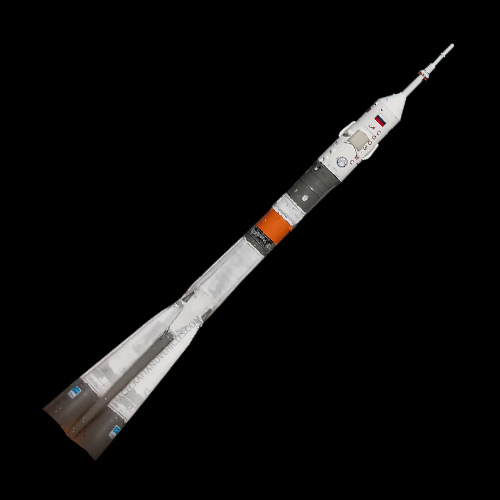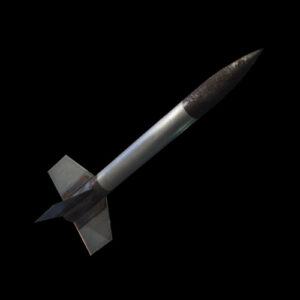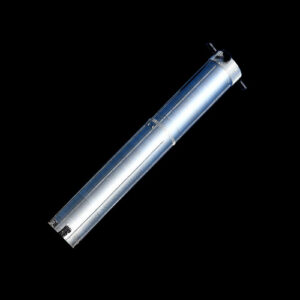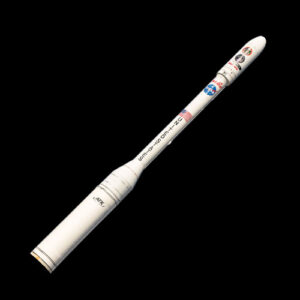The Soyuz rocket family stands as one of the most renowned and prolific launch vehicles in the history of space exploration. Originating from the Soviet Union, it has evolved into a reliable workhorse, ferrying astronauts, cosmonauts, and payloads to space for over half a century. Its significance lies not only in its extensive service record but also in its role as a symbol of international cooperation in space.
Design and Construction
The Soyuz rocket family comprises various iterations, including the Soyuz-U, Soyuz-FG, Soyuz-2, and Soyuz-2.1b. Constructed primarily of lightweight aluminum alloy, these rockets feature a cylindrical core stage and strap-on boosters powered by liquid oxygen and kerosene engines. Their robust design and proven technology have contributed to their longevity and reliability.
Mission Objectives
The primary objective of the Soyuz rocket family is to transport crewed spacecraft, such as the Soyuz capsule, to the International Space Station (ISS). Additionally, Soyuz rockets are utilized for launching unmanned cargo resupply missions, scientific satellites, and interplanetary probes.
Launch and Deployment
Soyuz rockets are launched from various spaceports, including the Baikonur Cosmodrome in Kazakhstan and the Guiana Space Centre in French Guiana. They have achieved numerous milestones, including the first human spaceflight by Yuri Gagarin in 1961 and continuous crewed missions to the ISS.
Technical Specifications
- Dimensions: Height – Up to 50.9 meters (Soyuz-2.1b), Diameter – 2.95 meters
- Weight: Varies depending on configuration and payload
- Payload Capacity: Up to 7,020 kilograms to low Earth orbit (LEO)
- Propulsion System: Liquid oxygen/kerosene engines
- Power Source: Not applicable
- Instruments and Equipment: Payload fairings, guidance systems, telemetry equipment.
Current Status
As of 2024, the Soyuz rocket family remains active and integral to crewed spaceflight operations, serving as the primary means of transportation for astronauts traveling to and from the ISS. Ongoing missions continue to demonstrate the reliability and versatility of these iconic launch vehicles.





